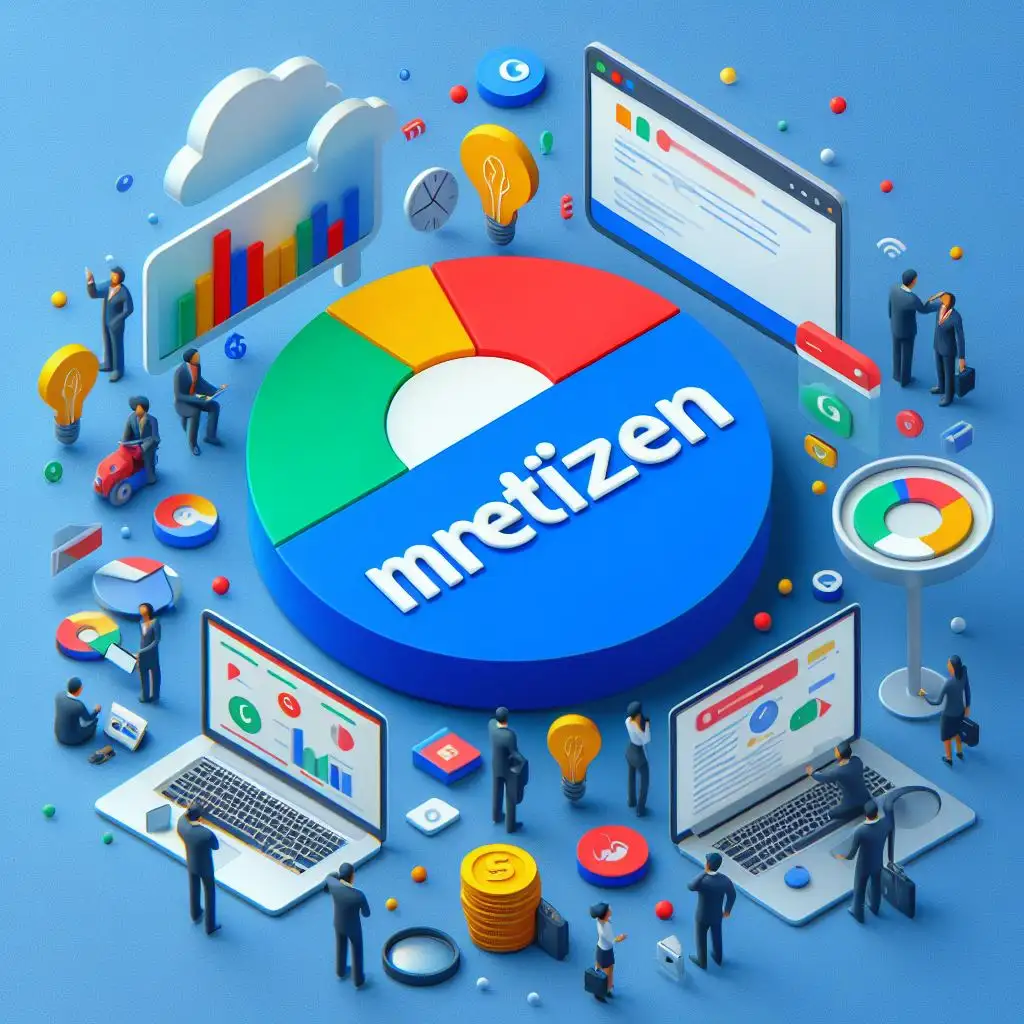Food inflation is a real scourge that affects the consumer-choice, nutrition, and stability. New conditions affect expenditures, and arising policies, that in turn, influence the patterns and lodge complicated issues to households/industries....
How Inflation Affects Food Prices and Consumer Choices
Introduction
Buying you to begin with domestic includes evaluating budgetary availability, setting a budget, getting pre-approved, finding the correct property, and exploring arrangements. With careful arranging and direction, you'll certainly secure your dream domestic.
Understanding Inflation and Its Connection to Food Prices
Expansion is driven by different components, counting demand-pull swelling, cost-push expansion, and built-in swelling. Demand-pull expansion happens when request for products and administrations surpasses supply, provoking cost increments. Cost-push expansion happens when generation costs rise—due to higher crude fabric or labor costs—forcing makers to raise costs to preserve benefit. Built-in expansion stems from desires of rising costs, which ended up a self-fulfilling prescience as businesses alter their costs preemptively. Nourishment costs are especially helpless to cost-push expansion, as variances in crude fabric costs, labor costs, and transportation costs intensely impact generation and dispersion.
The Rising Costs of Production and Raw Materials
Nourishment generation depends on different crude materials, from fertilizers and creature nourish to bundling materials. When expansion influences these inputs, the taken a toll of creating nourishment increments altogether. For illustration, a surge in fertilizer costs influences trim yields, straightforwardly affecting costs for create like grains, natural products, and vegetables. Additionally, rising fuel costs include to the costs of transportation, which influences nearly each sort of nourishment item, from newly create to solidified products. As makers confront these higher input costs, they frequently pass them on to buyers, driving up the costs of products on grocery store racks and making ordinary things like bread, eggs, and drain more costly.
Labor Costs and Their Impact on Food Prices
Labor is another considerable component of nourishment generation costs. When expansion raises the taken a toll of living, laborers frequently look for higher compensation to preserve their obtaining control. This makes a swell impact over the nourishment industry, particularly in divisions like cultivating, handling, and retail. For case, in farming, higher labor costs can drive up costs for labor-intensive items like natural products and vegetables, which require critical manual work amid collect. Meat and dairy generation, which depend on cultivate labor and preparing plant staff, are moreover influenced, driving to cost increments in those categories. Makers either retain these extra costs, possibly relinquishing benefit edges, or pass them on to shoppers, driving to higher nourishment costs.
The Role of Supply Chain Disruptions
The worldwide nourishment supply chain is exceedingly complex and delicate to changes in transportation, bundling, and capacity costs. Expansion can worsen these vulnerabilities by making transportation and coordination’s more costly. For occurrence, when fuel costs rise, the taken a toll of moving products increments, influencing everything from farm-to-market create to imported things. Also, expansion impacts the cost of materials like cardboard, aluminum, and plastic, which are basic for nourishment bundling. As bundling costs rise, producers may pass these costs on to buyers, coming about in cost climbs for a wide run of merchandise, from canned nourishments to boxed cereals. Supply chain disturbances can to lead to item deficiencies, assist powers cost weights and affecting customer choices.
Currency Fluctuations and the Cost of Imported Goods
In a globalized economy, cash trade rates play a critical part in deciding nourishment costs. Nations that depend intensely on nourishment imports are especially helpless to inflation-induced cash deterioration. As the esteem of a money decays, the fetched of imported merchandise rises, since it takes more of the neighborhood money to purchase the same sum of remote products. This could lead to higher costs for nourishments not delivered locally, such as certain grains, oils, or flavors. For creating countries with tall nourishment purport reliance, this marvel can lead to nourishment uncertainty as inflationary weights make basic things less reasonable for neighborhood shoppers.
How Inflation Shapes Consumer Choices
There is an indication that when food inflation is experienced consumers look for various ways to cater for the increased price. As the budget is most of the times and basic necessity, many households seek only the necessary and avoid snacks, beverages, or organic products. Some may opt to buy cheaper brands, for instance, moving from purchasing expensive meat products to poultry or beans products. These changes in consumer behavior give rise to a cycle of substitution that may change the whole food industry. When enough people doing this, the demand for the expensive foods decreases which can impact the whole food chain and makes food makers change, for instance, directions of resources utilization or distribution priorities.
The Growing Preference for Store Brands and Discount Options
It is interesting to know that consumption patterns which include store-brand or private-label products are usually characterized during inflationary periods. These products are generally cheaper than brands produced nationally since they do not use as much on advertisement and distribution. Looking at the various options within the market, households risk6230 assess the various options in terms of performance and cost since these options are cheap to afford. This shift also benefits the retailers who sell private brands because it will put pressure on the various stores to offering cheaper quality brands. But again, the shift to price consciousness should also influence shifts in consumer brand loyalty since consumers are no longer going for brands solely because of their quality or perceived prestige.
Decrease in Dining Out and Shift Toward Home Cooking
Flatiron affects not only the price in Grocery stores, it also affects the price in Restaurants. Because of increasing expenses on food supplies, employees’ wages and electricity and water expenses, restaurants increase menu prices. Therefore, some consumers opt hire more restaurants and fast foods outlets to reduce the frequency of eating such meals. This process can result in high demand for basic products like grains, oil and fresh produce, which already has demands that heighten their market costs. This has an effect on the restaurant business too because people dine out less often, and restaurants are enveloped by many difficulties, including layoffs and decrease in the quality of service.
Health and Nutritional Implications of Rising Food Prices
High food costs have negative implications for the health of consumers notably the poor. When the cost of such healthy foods such as fruits and vegetables, lean meat, and dairy products are high due to inflation, most families end up eating junk food. These alternatives are usually containing high level of sugar, fat and preservative which can lead to such diseases as obesity, diabetes and other heart diseases. Such a trend is rather worrisome in areas where the population has poor access to cheap healthy foods. He further explains that when inflation hampers access to properly balanced foods, the repercussions are healthier problems that notice the extension of the pre-existing gaps hence the social costs associated with health and output per worker.
Government Interventions to Combat Food Inflation
Food inflation is the common reason for governments to use policies to shield consumers most especially the needy people. They are able to range from subsidizing basic foodstuffs, to regulating food prices, to providing monetary payments to struggling families. For instance, some countries may subsidize some basic items like rice, bread or milk to ensure that all families can afford them on the market price. In the extreme condition, governments may allow price controls to discourage excessive mark-ups; however, where producers cannot recover costs, this causes shortages. They also include programs that provide basic food basket through vouchers such as food stamps whereby families are given NSS which is spent specifically on child nutritional requirements or on other food products during inflation.
Long Term Effects on the industry and Food Innovation
This means that when inflation kicks in food producers are forced to look for ways on how to cut cost more and balance their books. Organizational goals can be having organizations develop automation to lower on labor costs or implement changes to minimize the effects of high cost of raw materials. Some others might prefer unsubsidized locally sourced inputs to reduce transport costs and occasional prices shocks. Such a drive can result in new product and business that has been more appropriate for cost-sensitive consumers. For example, new forms such as Meal Kit and Subscription Boxes address customers who seek convenience at a fixed cost. Also, protein from plant origin is slowly being accepted as a cheap option to meat, meaning there may be shift in diet pattern in the long run.
Inflation’s Broader Economic Impact
Inflation is not only definable in terms of the increasing price of the items of food but in various other ways as explained below. With purchasing power, the consumers buy more food leaving them with less money to spend on the other goods and services hence slow down economic growth. This may be achieved through a rise in the interest rates thereby raising the cost of borrowing throughout the industrial sectors. Thus, increased loans rates restrict expansion and recruitment, which declines household earnings and the general employment ratio for businesses. Therefore, food inflation results to a loop, that affects people’s spending patterns, firms’ capital expenditure, and economic stability- it is a cycle that does not begin and ends at the grocery store.
Conclusion
To achieve the aim of this paper, the analysis of inflation as the meaning of inflation and the inflation rate and impacts on food prices will be done based on the effect of inflation rates on different economic segment. When the price of food increases, the buyers look for cheap food and this may just be cheap food or low-quality food or even food that is not very healthy. These changes affect health, spendings, consumers, and in some cases – economical strategies. As much as different governments and industries are trying to scale up the solution, high costs of foods are still a menace. However, inflation has significant impact on the food prices and overall consumption patterns and therefore the need to analyze it fully. In this way, it is easier to manage the harm, which brings to the attention of policymakers and consumers – a problem, around which, most likely, will revolve throughout the foreseeable future.


























